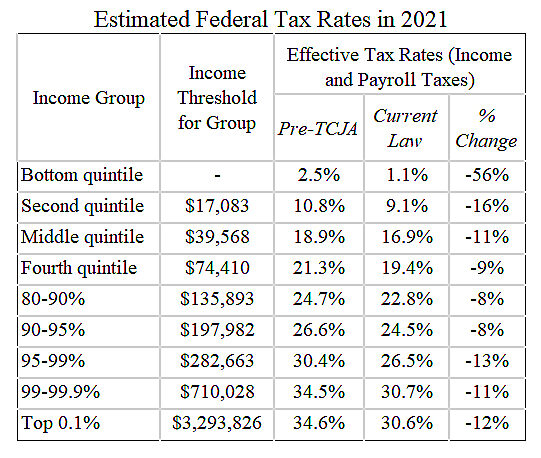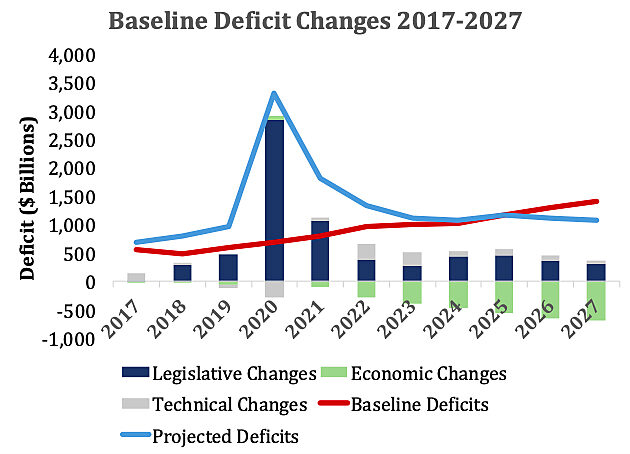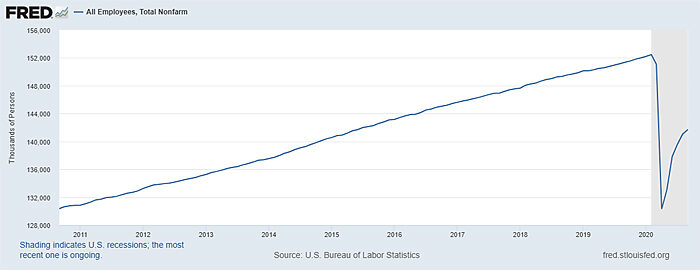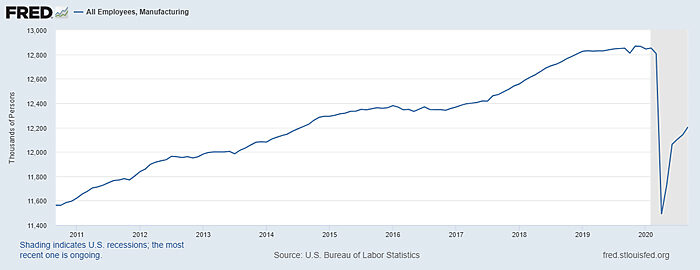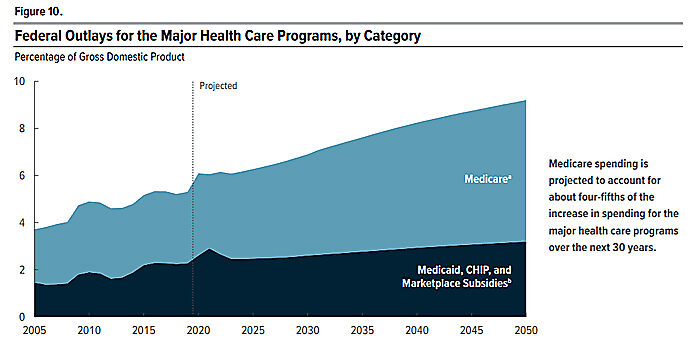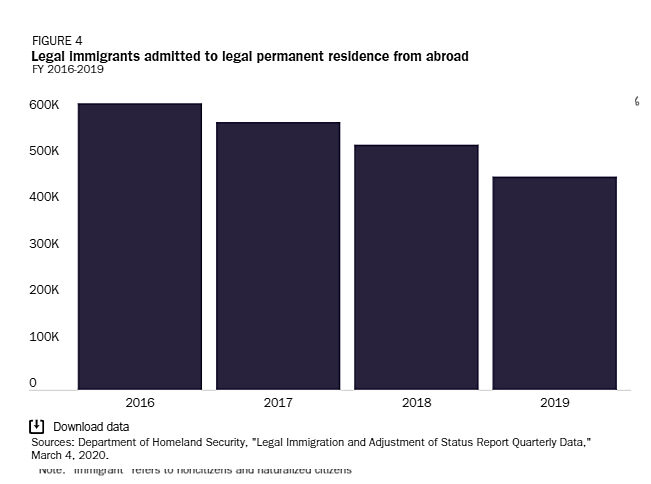Before I begin, however, three words of caution: First, it is extremely difficult—particularly when you’re dealing with a diverse, globalized, $20 trillion economy with a powerful and mostly independent central bank—to make a causal connection between specific policies and subsequent changes in economic trends. Second, other U.S. institutions, particularly Congress and the Federal Reserve, of course play a role in shaping U.S. economic policy and performance, but presidents still matter: Politically, they always get more credit or blame than they deserve; substantively, they appoint Fed policymakers, strongly influence party policy (probably too much), and still have to sign or veto legislation. So, yes, Trump didn’t do this all himself, but his administration certainly played a leading role and didn’t hesitate to take credit when things were going well.
Finally, there’s the question of what to do about COVID-19—a once-in-a-lifetime (hopefully) situation that almost everyone believed required a once-in-a-lifetime (again, hopefully) economic policy response. In general, I plan to be nice and evaluate Trump’s economy before COVID (thus not blaming the administration for the economic collapse or massive increase in spending), though it certainly must be mentioned when we get into the weeds of certain policy moves that have arisen in response to the pandemic (and could very well be with us for many months or years thereafter).
Now onto the grades.
Fiscal Policy: C
The Tax Cuts and Jobs Act (TCJA)—arguably Republicans’ signature economic achievement during Trump’s term—was hardly perfect but it did several good things, particularly by reducing the United States globally uncompetitive corporate tax rate and allowing for limited immediate “expensing” of business investments. On the personal side, the TCJA had some improvements (and some problems). In general, it lowered effective tax rates for all groups, but definitely not everyone within those groups. Cato’s Chris Edwards shows below how the bill actually changed effective tax rates. (Spoiler: It wasn’t a massive giveaway to “the rich,” though certain upper middle-class taxpayers saw smaller effective reductions than 1 percenters.)
